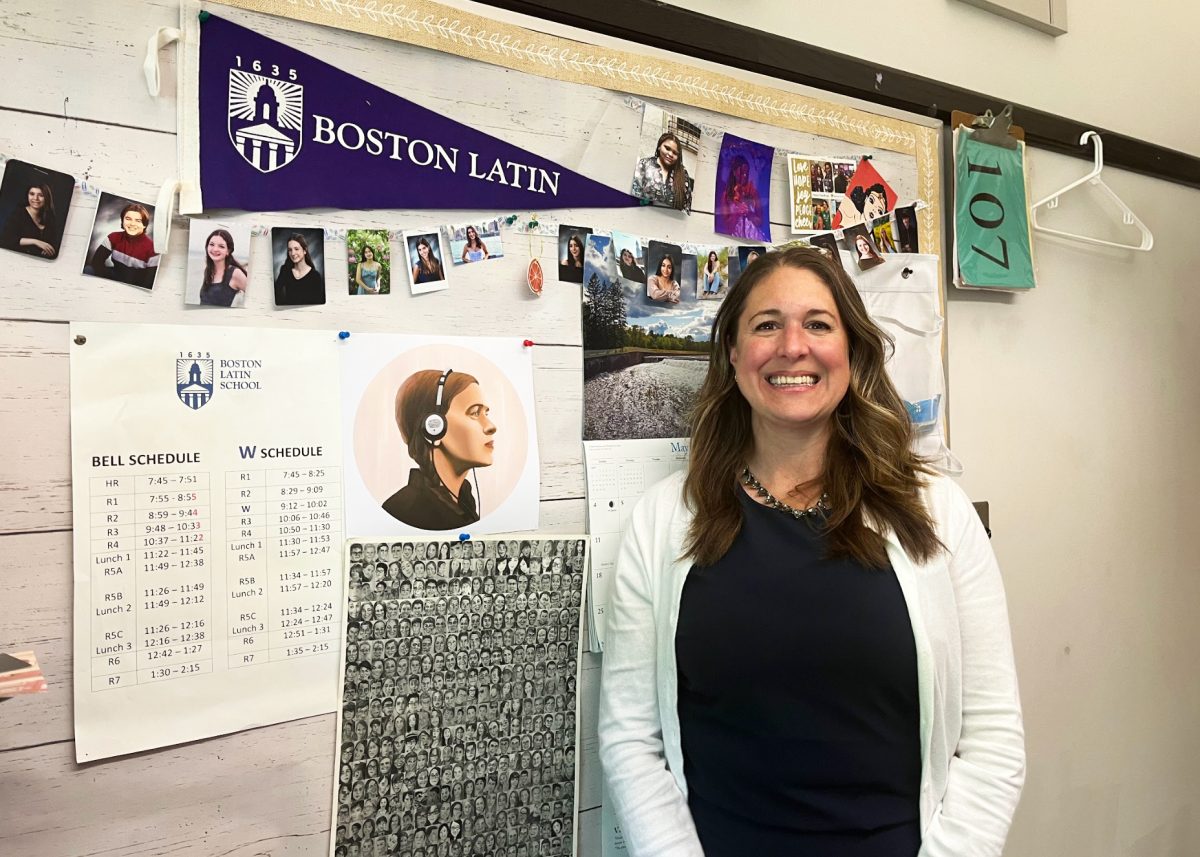Affirmative action is the practice of considering an applicant’s race in the college admissions process with the goal of increasing opportunities for historically underrepresented groups.
In Students for Fair Admissions (SFFA) v. Harvard and a related case, SFFA v. University of North Carolina (UNC), SFFA alleged that Harvard and UNC’s use of affirmative action in admissions was racially discriminatory, violating the 14th Amendment’s Equal Protection Clause. The six conservative-leaning justices ruled in favor of SFFA, with the three liberal-leaning justices dissenting.
This ruling in June overturned a 45-year-old decision originally set by the SCOTUS in Regents of the University of California v. Bakke in 1978. This decision said that universities had a compelling interest for a racially diverse student body, thus allowing them to consider race as one of many factors when reviewing admissions.
Prior to Bakke, “affirmative action came into the public consciousness in the 1960’s with the modern day Civil Rights movement,” Boston Latin School AP U.S. History teacher Ms. Ashley Balbian explains. In 1960, President John F. Kennedy issued Executive Order 10925 to prevent racial discrimination by federal contractors in employment.
Following Dr. Martin Luther King Jr.’s assassination in 1968, several universities, including Harvard, pledged a commitment to increase Black enrollment. This resulted in a 76 percent increase in African American student enrollment the following year.
Later, in 2003, the Court affirmed affirmative action on the federal level in Grutter v. Bollinger, ruling that the 14th Amendment allows schools to use race as a factor to diversify their student body.
Two decades later, the SFFA decision in June effectively overturned Grutter. Chief Justice John Roberts argued in the majority opinion that affirmative action policies did not stand up to the “strict scrutiny” test. Strict scrutiny is required for race-conscious laws to receive an Equal Protection Clause exception: a policy must have a compelling interest and must be narrowly tailored. Roberts argued that judging an applicant by their race is not narrowly tailored; instead, a person “must be treated based on his or her experiences as an individual.”
The case in June revealed strong divisions among the justices. Justice Clarence Thomas, the second Black justice to serve on the Supreme Court, is known for his opposition to affirmative action, noting that people had questioned whether he worked hard for his Yale law degree.
On the other hand, Justice Ketanji Brown Jackson, the first Black woman on the Supreme Court, voted to uphold affirmative action, writing in a dissent that, “with let-them-eat-cake obliviousness, […] the majority pulls the ripcord and announces ‘colorblindness for all’ by legal fiat. But deeming race irrelevant in law does not make it so in life.”
BLS AP U.S. Government teacher Ms. Meredith Elliott explains, “It’s a challenging topic for people to discuss empirically without a value judgment. […] It’s a highly personal issue for all people, and it gets to people’s sense of fairness. And that’s what makes it challenging.”
For some schools, the ruling will have little impact. States such as California and Michigan had already banned affirmative action previously. Furthermore, schools such as the University of Texas admit the top 10 percent of Texas high school classes, since the high schools reflect the state’s demographics. For private elite colleges admitting students across the nation, however, the task of creating a diverse student body becomes more difficult.
Thus, many higher education institutions have turned to other methods to diversify their classes while abiding by the law. For example, some colleges plan to expand outreach programs to students in underserved communities to encourage a more diverse group of applicants.
Additionally, students can convey their racial background by participating in extracurricular activities such as cultural affinity groups. And while colleges cannot legally download racial data of individual applicants, they can access aggregated data, displaying the overall racial percentage breakdown of those applying.
The ruling may also have an impact on legacy and recruited athlete admissions, which have historically favored white applicants. Ms. Elliott adds, “Some schools have, after this decision, decided to also stop doing legacy admissions because that kind of reinforces privilege, and it is a status that’s based on birth.”
Furthermore, the ruling explicitly allows institutions to consider an applicant’s race if they write about their experiences in their personal statement. BLS Guidance Program Director Ms. Megan Clougherty says, “We want to encourage our students to talk about those life experiences […] and students can approach it in different ways. […] We want to support our students with whatever that choice is.” She emphasizes that one-on-one guidance help is available for seniors who want to discuss race in their college essays.
Categories:
SCOTUS Overturns Affirmative Action
By Kevin Zhong (I), Ailin Sha (II), Sylvia O’Hearn (I) & Mary Deng (III), Head Editors and Assistant Editors
October 1, 2023
0















